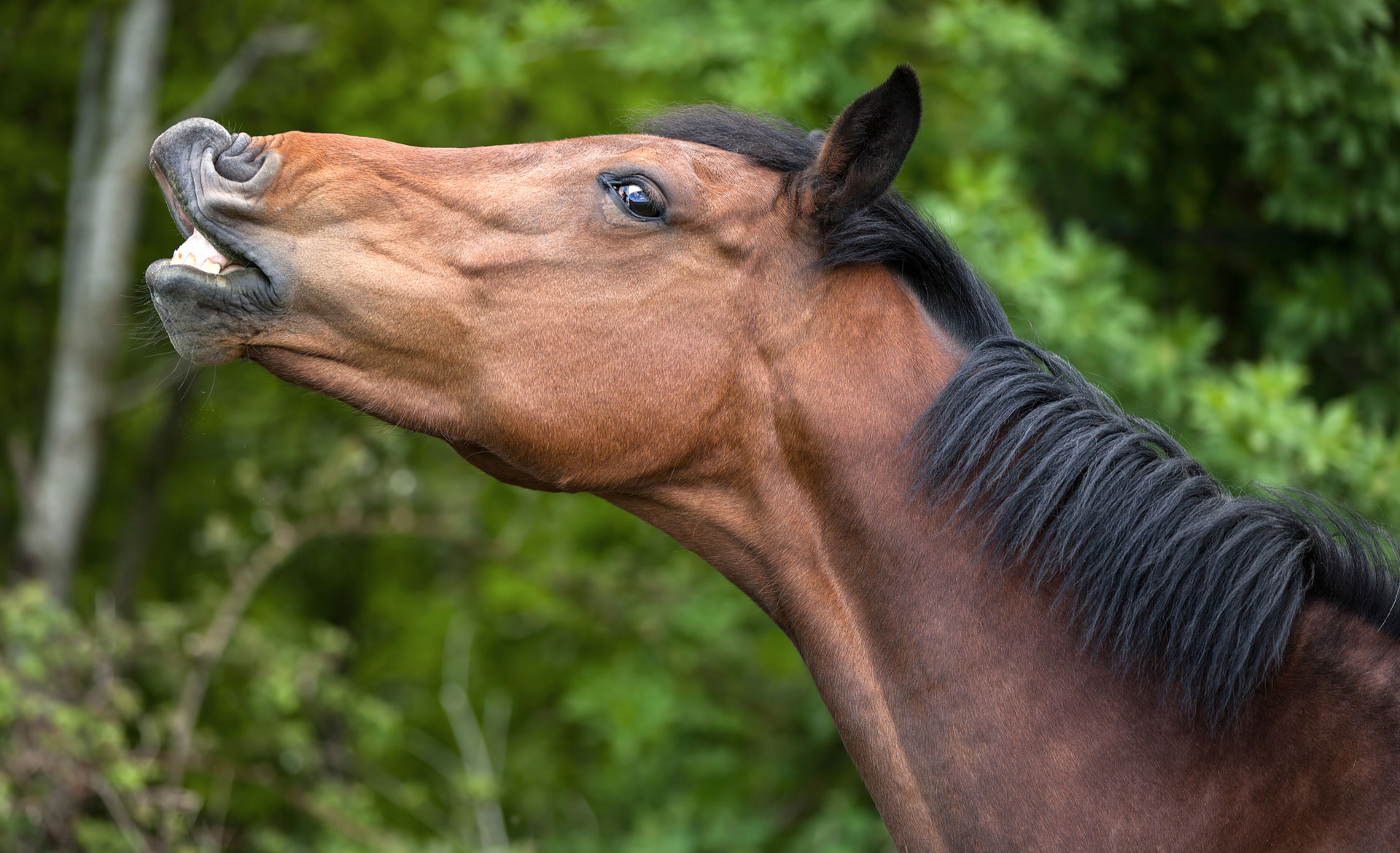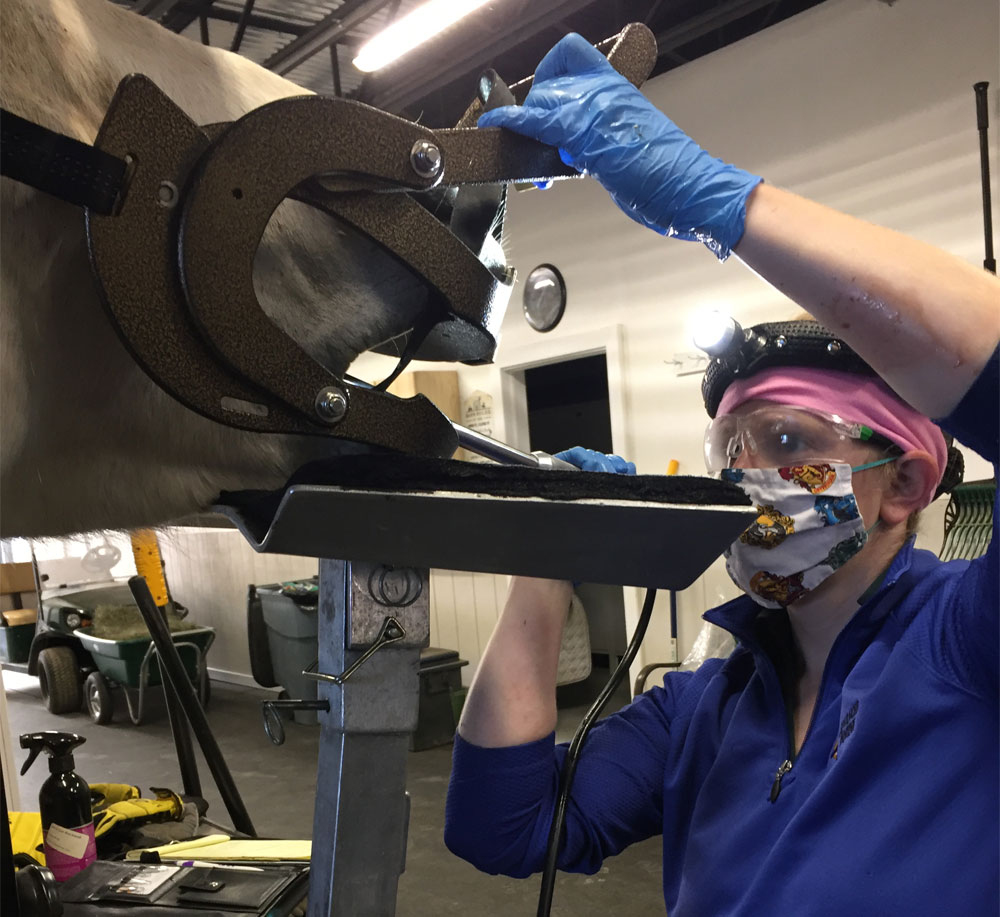
Equine Dentistry
Regular dental care with a knowledgeable practitioner is essential to your horse’s performance, comfort, and health. Advanced Equine’s veterinarians provide complete dental care for your horse.
Equine Dentistry for Health and Performance
Wild horses do well without dental care, so why do domestic horses need it?
Horses have highly specialized teeth that are adapted to sheer off and chew rough forage all day. Unlike people, horses have hypsodont teeth, which erupt continuously throughout their lives, which allows them to manage this primarily rough-forage diet. Domestic horses typically only spend a small fraction of their time grazing due to modern management practices of limited turnout time. Additionally, domestic horses are provided with supplemental feeds that contain highly concentrated nutrients including grains and hay. These feeds also elicit different chewing patterns than the grasses consumed by wild horses while grazing. Even domestic horses that are on pasture 24/7 commonly have their feed supplemented with grain and hay. Wild horses also do not tend to live as long as our domestic horses, and part of this is certainly due to dental disease.
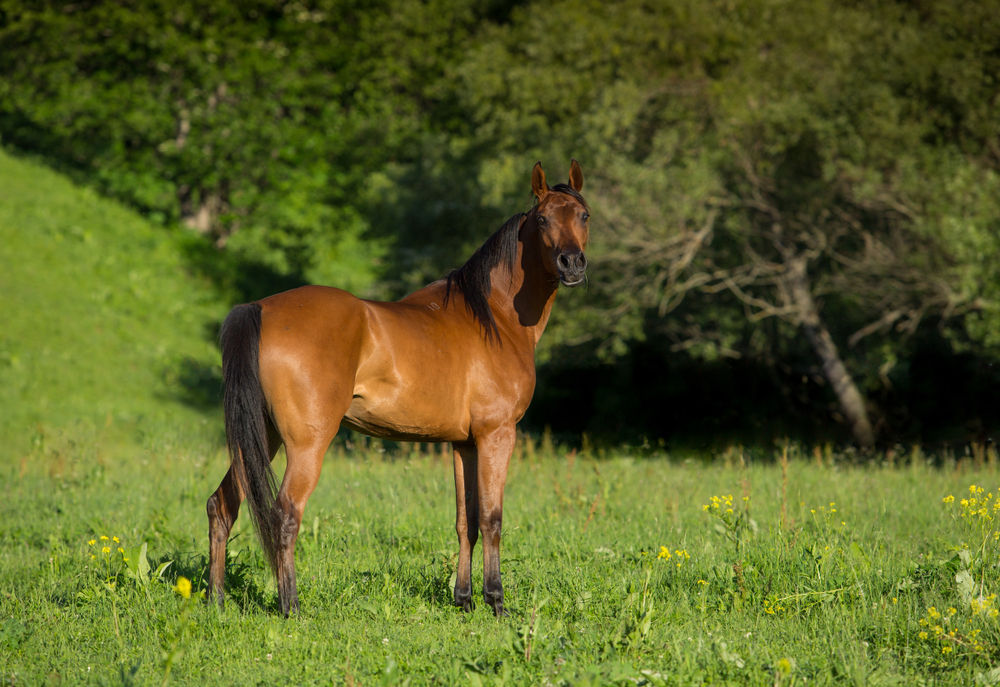
Additionally the horse’s mandible (lower jaw) is slightly narrower than the maxilla (upper jaw), and the lower teeth tend to sit slightly behind the upper teeth. The result of this is sharp enamel points on the outside of the upper cheek teeth, and on the inside of the lower cheek teeth, and hooks on the upper front teeth and ramps of the lower back teeth. Combined with decreased time spent chewing and an odd chewing pattern, extremely sharp points and severe abnormalities can develop, which can be quite painful and uncomfortable for horses, and lacerate the soft tissue of the mouth. This pain causes the horse to alter its chewing even further to relieve the discomfort, thus exacerbating the problems.
Domestic horses also carry bits and need to be responsive to cues, making oral sensitivity and comfort that much more important. As a result, the teeth of our domestic horses are being used much differently and require a higher level of care and maintenance to preserve their function for life.
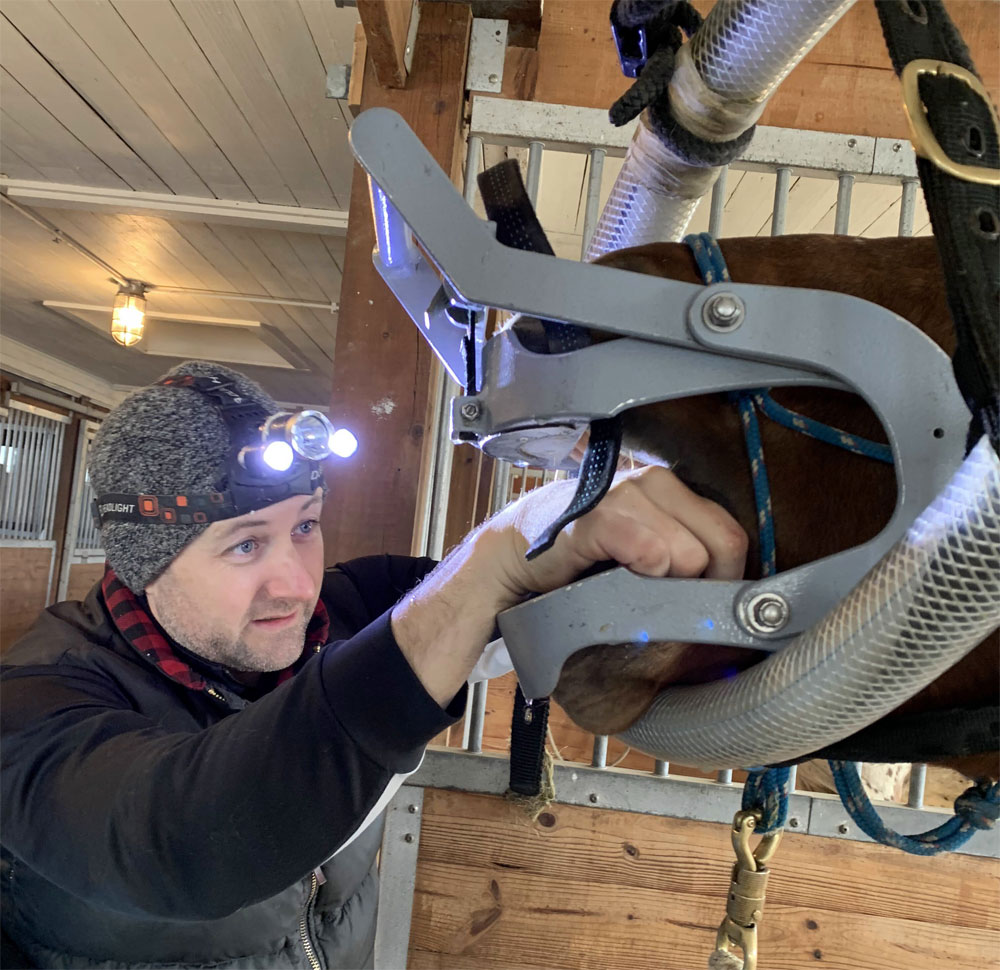
How Often Do Horses Need Dental Exams?
A horse’s teeth should be examined to ensure proper development. A foal should be checked for proper oral alignment on its first well-foal exam, and about every 3 months after, so that developmental abnormalities can be caught and corrected early in life. The first full dental appointment and floating should take place between 18 and 24 months of age, so the horse will be comfortable while starting training. As horses lose baby teeth and have adult teeth erupt until about age 5, we recommend biannual exams. Once mature, after age 5, annual dental exams will suffice. As a horse ages, the teeth become shorter and shorter and begin to more substantially with more soft tissue disease. Some older horses and horses with abnormalities (such as overgrown teeth) will require bi-annual examination and floating.
What Does a Dental Examination and Float Entail?
Most horses require sedation for a complete oral exam with a speculum, mirror, and dental float. Even if your horse has had a dental and not been sedated in the past, you will be amazed with how much more we can see, show you and do for your horse when they are calm and relaxed with sedation. Sedation makes the procedure safer for the horse, the handler and the veterinarian.
Each equine dental exam begins with a thorough visual inspection. Our veterinarian will safely secure your horse’s mouth in an open position using a special device called a speculum. We’ll then look for sharp, broken, abnormally spaced and loose teeth, lacerations to the soft tissue and soft tissue disease, abnormal feed packing and any bleeding. Diagnostic and treatment recommendations will then be made. X-rays are invaluable in evaluating the tooth below the gumline, and are often recommended if abnormalities are noted on visual inspection of the oral cavity. For the vast majority of horses, a routine dental balance and equilibrium with a float is all that is needed.
A float is the instrument that is used to rasp a horse’s teeth down so that they are no longer sharp. There are hand floats and power floats that use a mechanized rotor to spin the float. While power floats have gotten a bad reputation in the past, advances in the technology and training of veterinarians have made these tools effective and safe means of quickly and accurately correcting dental abnormalities. Horses do extremely well with the power float.
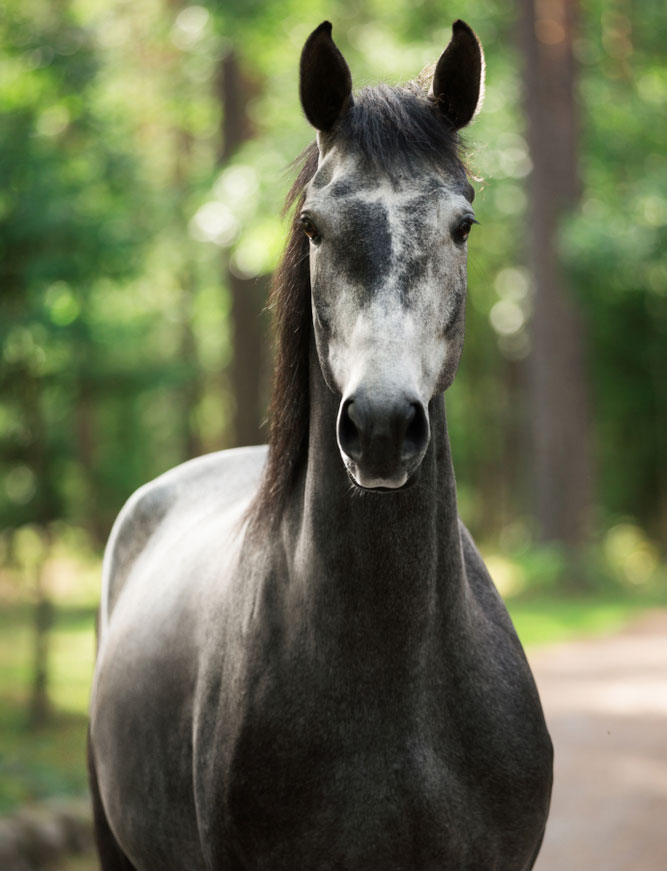
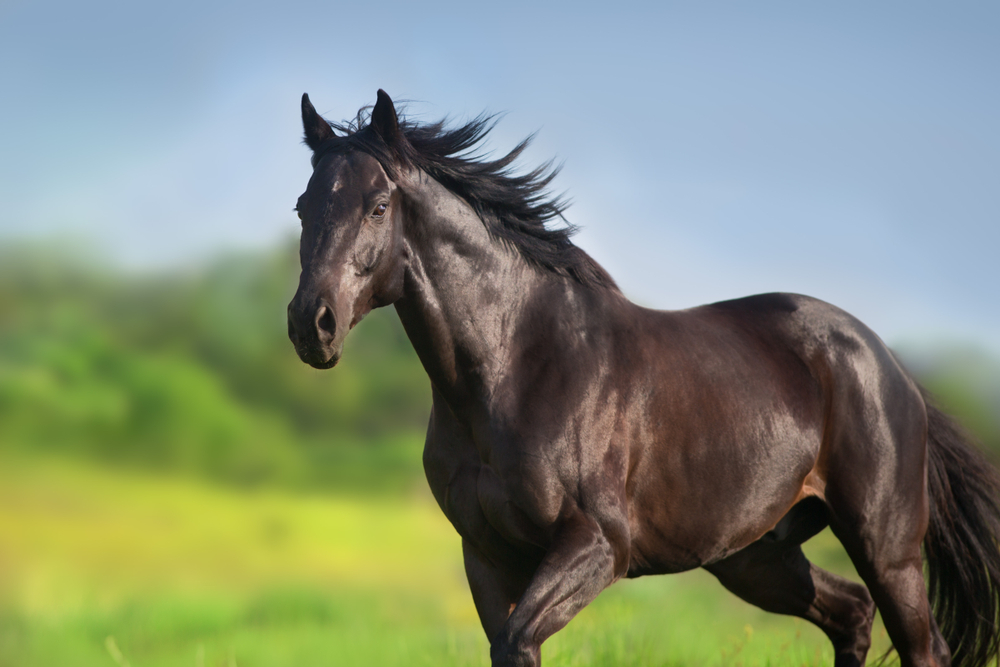
Tooth extractions with Advanced Equine
If your horse has a fractured, infected or diseased tooth, extraction may be recommended based on visual inspection of the tooth, looseness of the tooth and possibly radiographic evidence of disease. If an extraction is deemed necessary, then our veterinarians will discuss with you the costs and concerns associated with the proposed extraction. While some extractions can be performed on-farm, we highly recommend that extractions be brought to the hospital. Extractions are a surgical procedure, and the hospital provides the support your horse needs before, during and after the surgical procedure.
For an extraction, the horse is sedated and nerve blocks are performed to desensitize the area around the tooth to be extracted, so that your horse will not feel anything during the procedure. Once your horse is sedated and appropriately blocked, the tooth is gradually loosened by spreading it away from its neighbors and gently wiggling it back and forth. Gradually the tooth loosens and can be removed. Radiographs are obtained after the surgery, to ensure complete removal.
Equine Odontoclastic Tooth Resorption and Hypercementosis (EOTRH)
One specific condition that generally affects older horses (usually over 20 years old, but can be as young as 15) is Equine Odontoclastic Tooth Resorption and Hypercementosis (EOTRH). This disease has only been recognized within the past 10 years, and we are still learning about it. EOTRH is an extremely painful, degenerative condition of the incisors and canines, but very rarely affects the cheek teeth. The roots of the incisors begin to resorb and proliferative bone is made in reaction, creating a bulging appearance of the incisor’s roots. Most often the first signs are sensitivity to bitting, unwillingness to bite down on hard food (like a carrot), gum recession over the incisors, small abscesses and bleeding over the roots of the incisors, bulging of the tooth roots and sometimes fracture and movement of the incisors. A visual exam of the incisors may be highly indicative of EOTRH, but diagnosis is confirmed with x-rays. Unfortunately, the only known effective treatment is extraction of all of the incisors. Usually we recommend extraction of all incisors at once, rather than a staged extraction over time. This is because the disease is progressive, and even if some incisors are not affected at the time of initial diagnosis, they will eventually become affected and require extraction. Luckily, horses that have all of their incisors extracted do extremely well and continue to live full, comfortable lives. As long as the premolars and molars are normal, they are still able to eat hay, grass, grain and treats! They may look a little funny, but they are so much more comfortable.
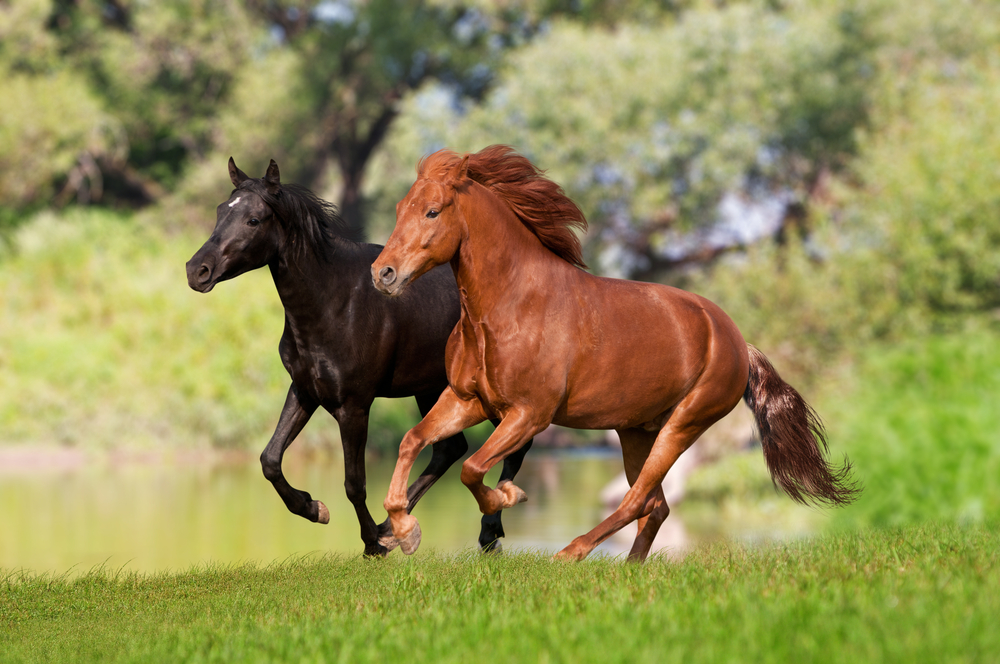
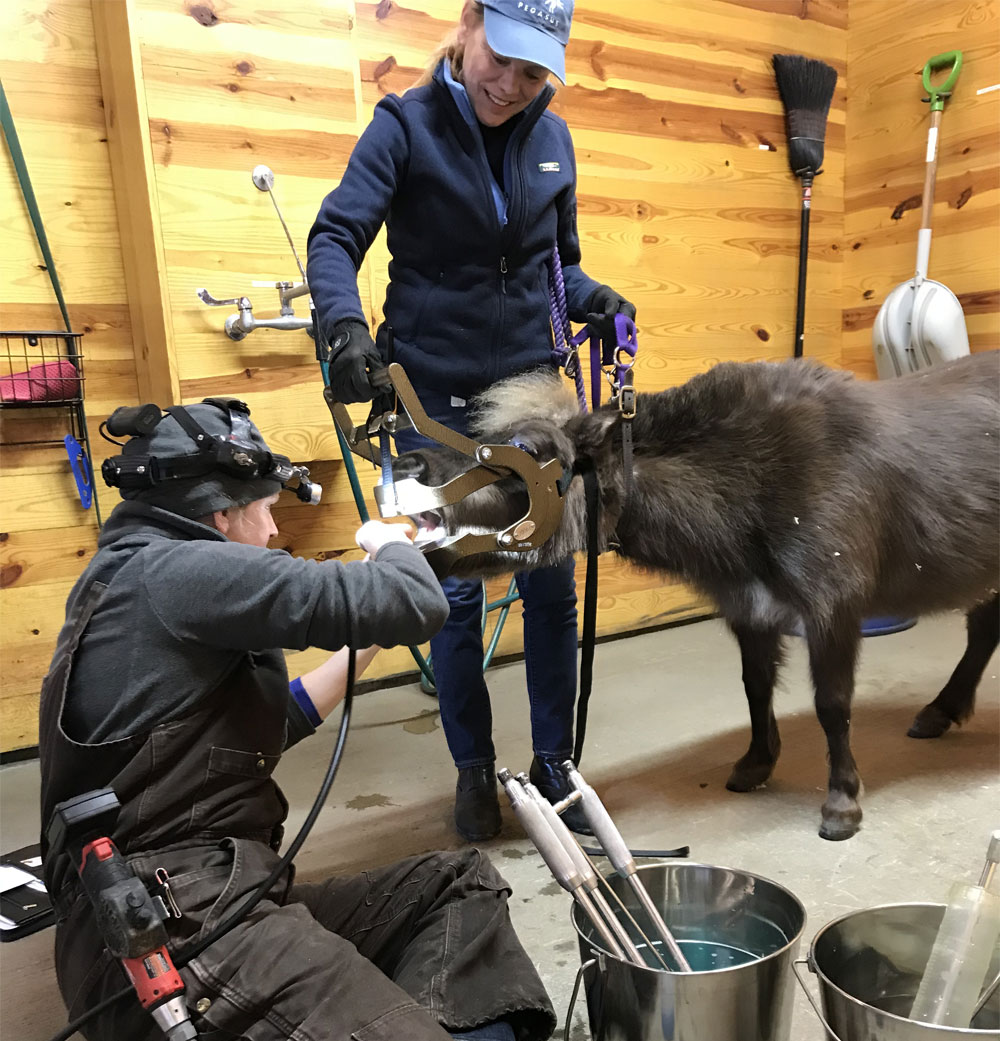
Equine Veterinary Dentistry in Fishkill, NY
Our veterinarians provide high-quality, complete equine dentistry services. Contact us to learn more about Advanced Equine’s dentistry services or to make an appointment today!

